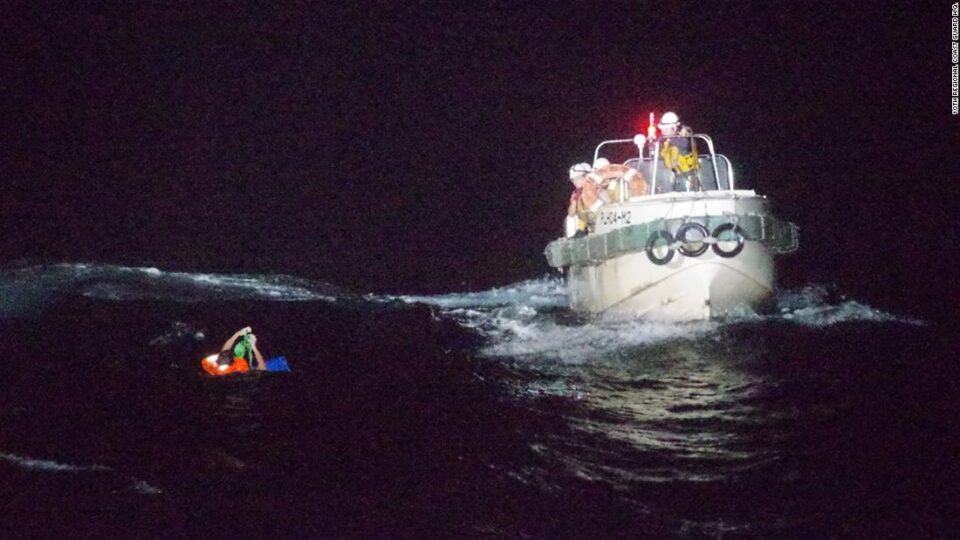The Hayabusa2 spacecraft is about to bring samples from an asteroid to Earth, and then continue to fly to another celestial body in the solar system.
The Hayabusa2 spacecraft is on its way back to Earth, carrying specimens of the 4.5 billion-year-old asteroid Ryugu. However, instead of “retreating”, the ship will return to space after dropping its precious object on Earth. Its new target is asteroid KY26 from 1998. The ship is expected to arrive here in 2031, Space reported on September 30.
The Hayabusa2 will drop the specimen carrier on Earth before going on a second cruise. (Photo: JAXA).
Hayabusa2 arrived in Ryugu in June 2018 and spent over a year studying this celestial body. The ship left in November 2019 to return to the blue planet. The specimen compartment is scheduled to drop near the town of Woomera, South Australia, on December 6.
Hayabusa2’s first mission is to help scientists learn more about the mineral composition of the asteroid Ryugu, and thus better understand the origin and evolution of the Earth as well as the solar system. The second mission will be a journey of more than a decade to study space dust, detect exoplanets, and study Earth protection measures.
1998 KY26 revolves around the Sun with an orbit between Earth and Mars. The asteroid performs a 1.37-year flight, sometimes cutting Earth’s orbit. It is about 30 meters in diameter and spins very quickly, taking only about 10.7 minutes to turn once around the axis, according to the Japan Aerospace Exploration Agency (JAXA).
Studying near-Earth objects of this size could help scientists prepare for the danger of Earth-like collisions. In addition, the Hayabusa2 will also study the distribution of cosmic dust in the solar system and observe bright stars.
JAXA wants to observe these stars to dim the light – a sign that an exoplanet may have passed the star. If an exoplanet is detected, Hayabusa2 will become the first Japanese spacecraft to do so. During the new mission, the ship will also fly over asteroid 2001 CC21.


